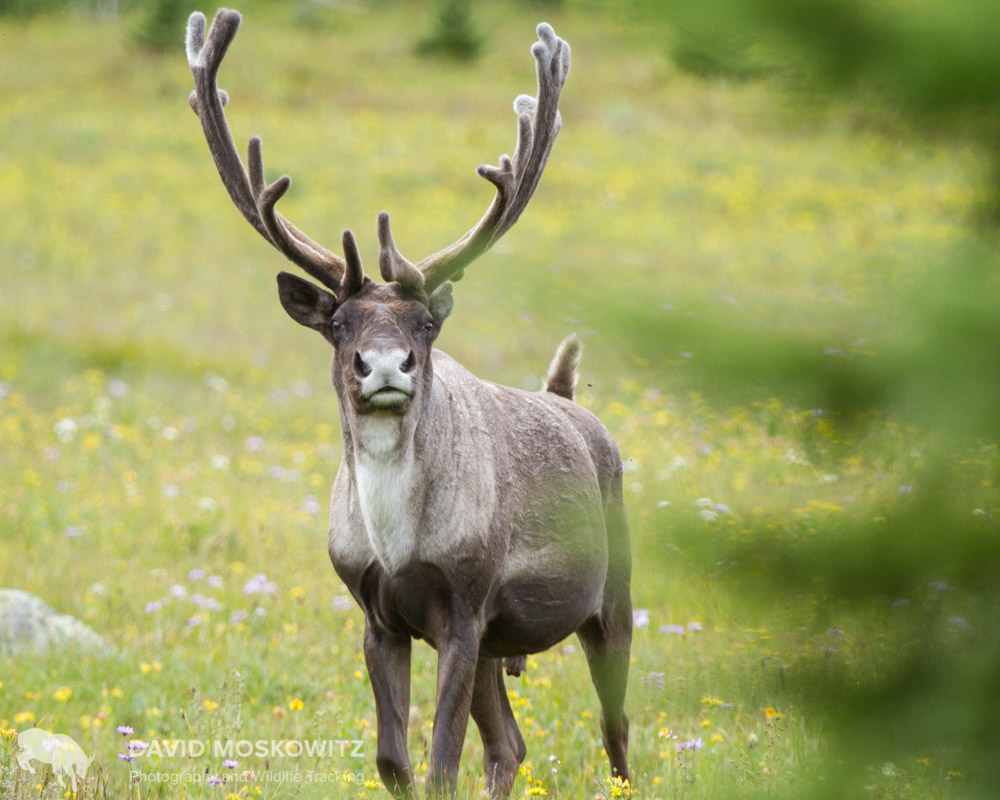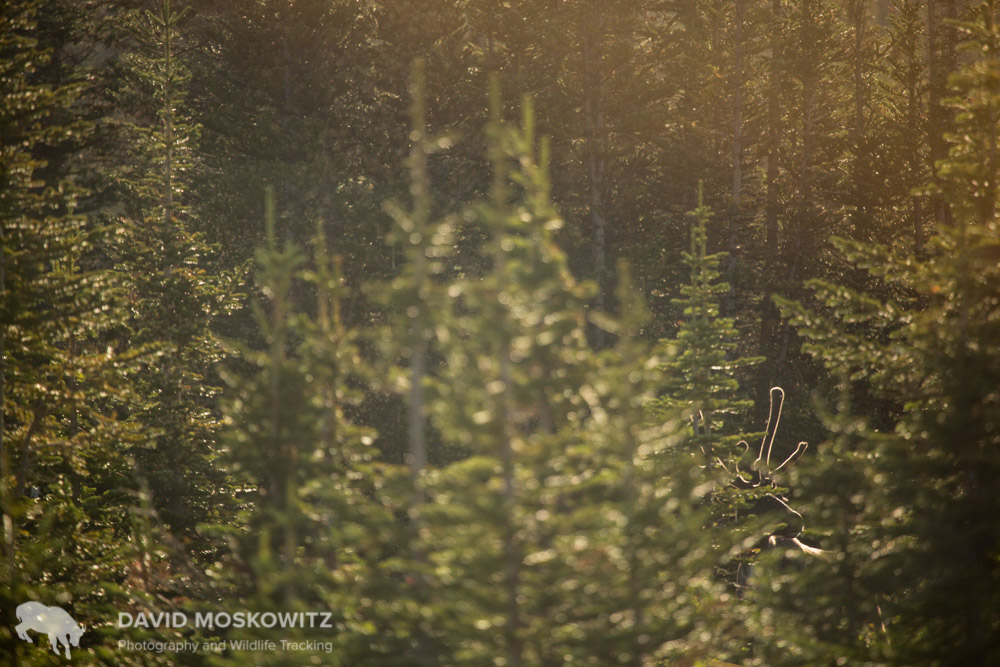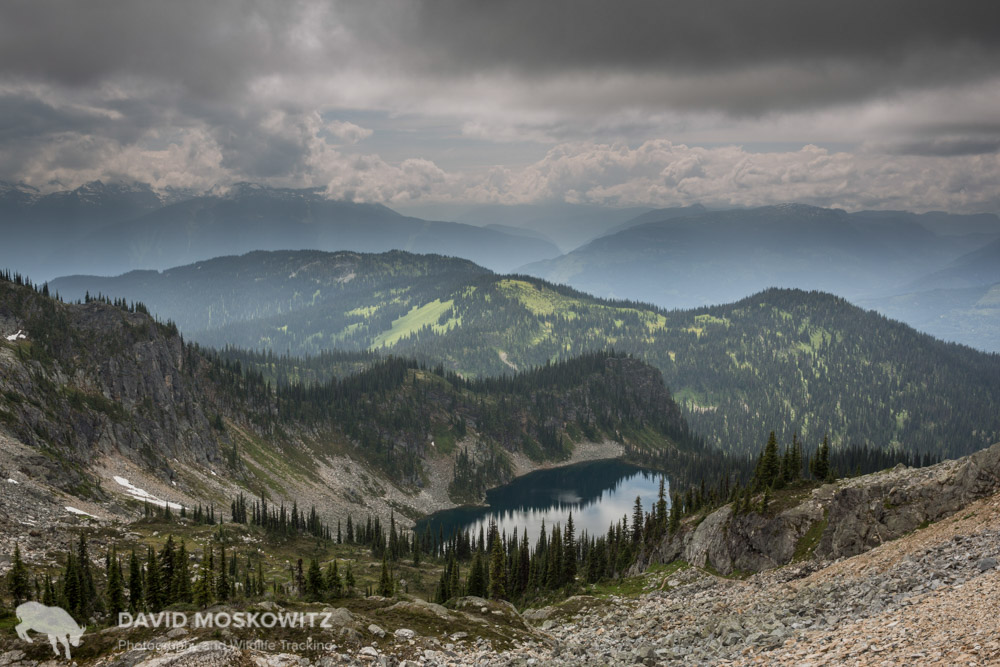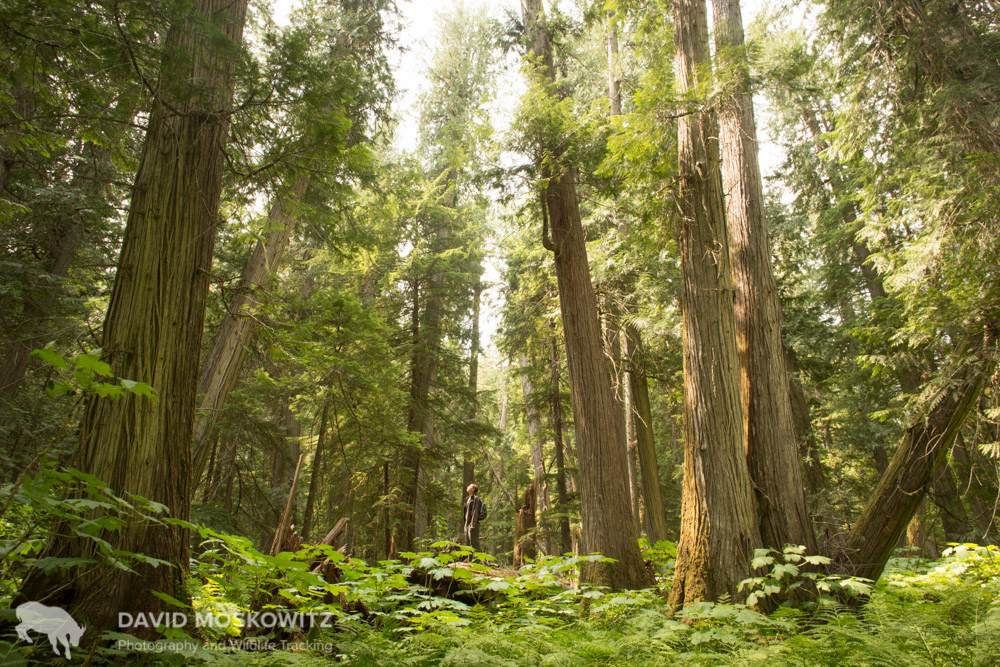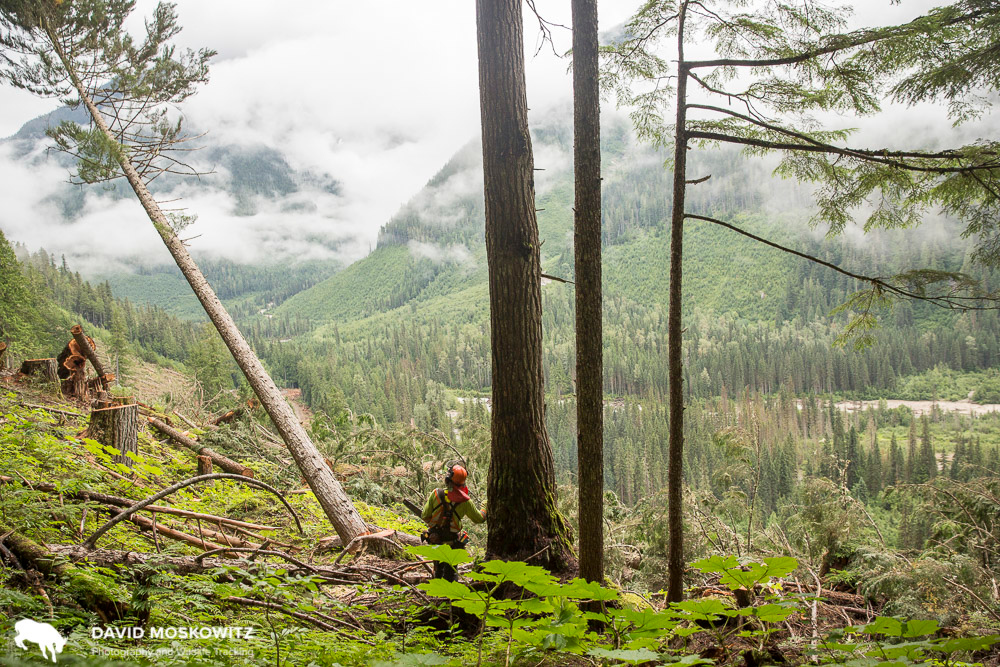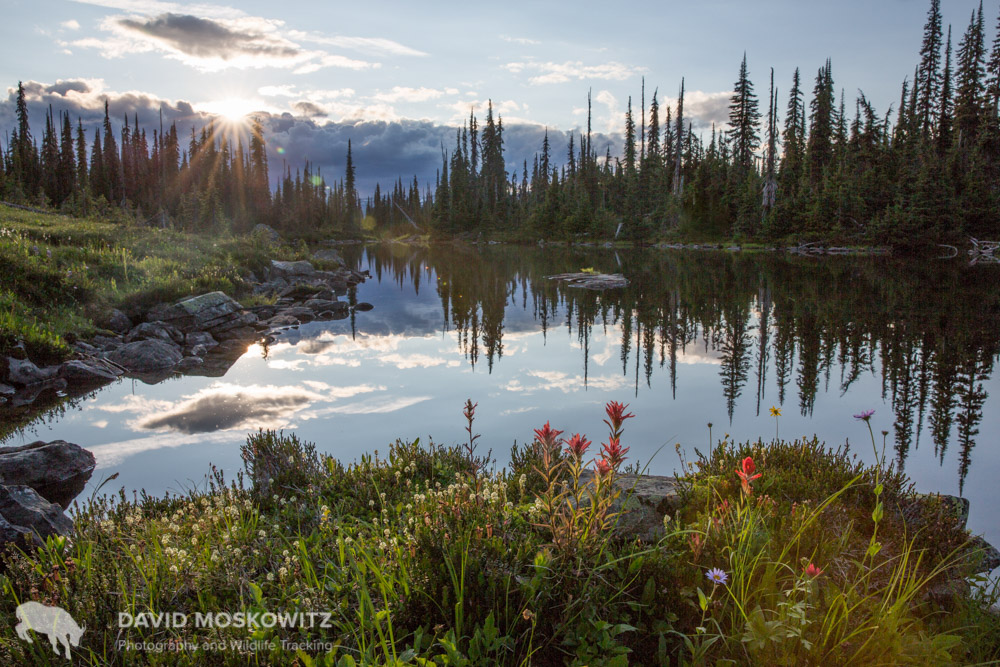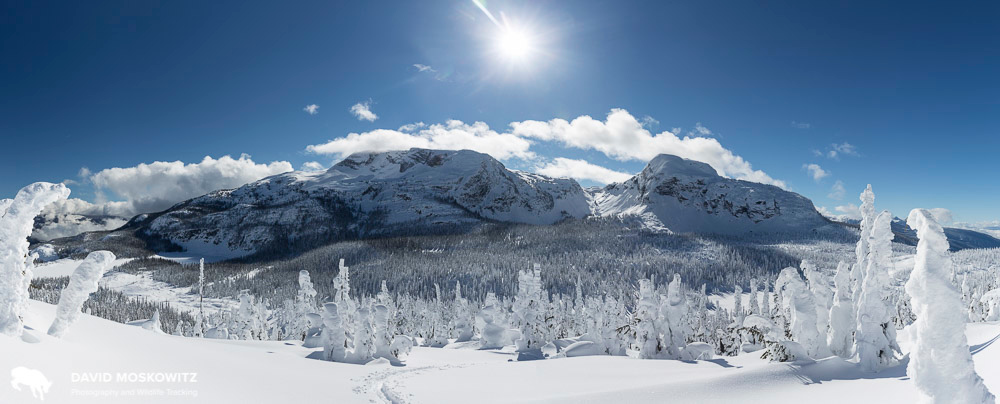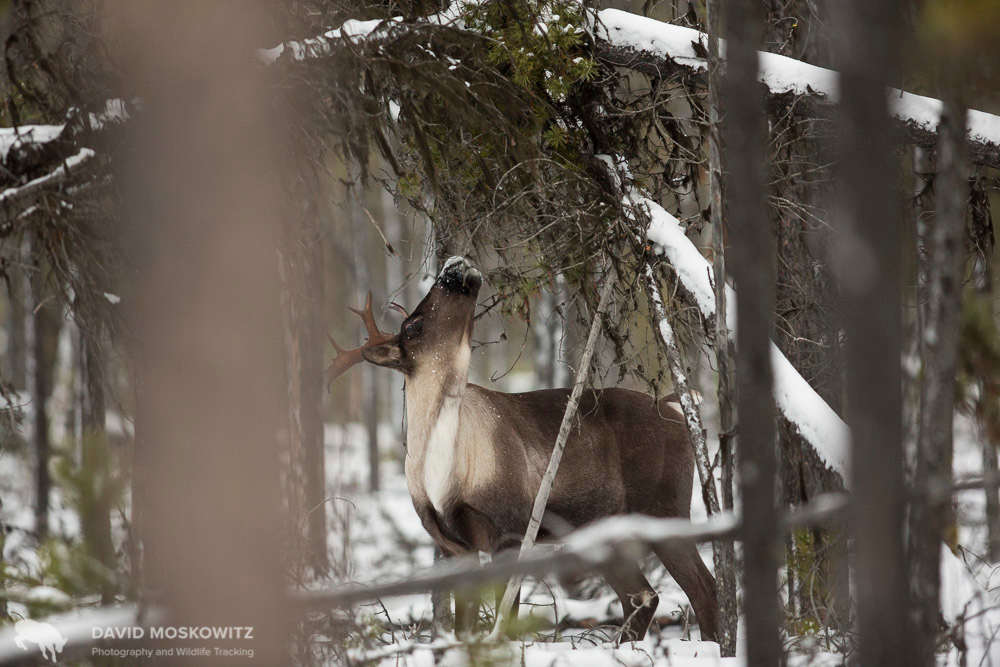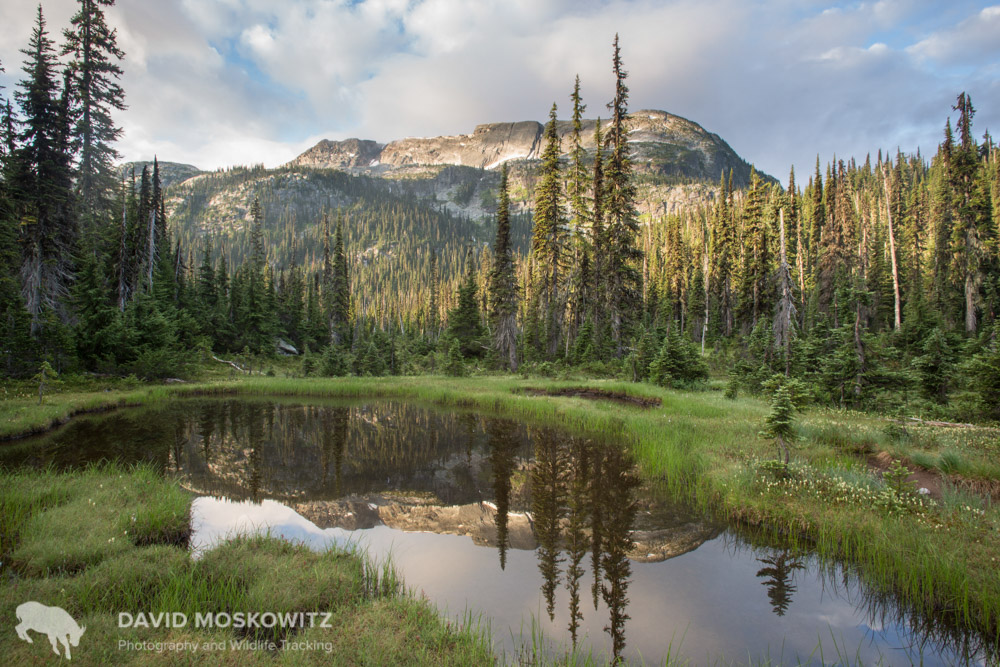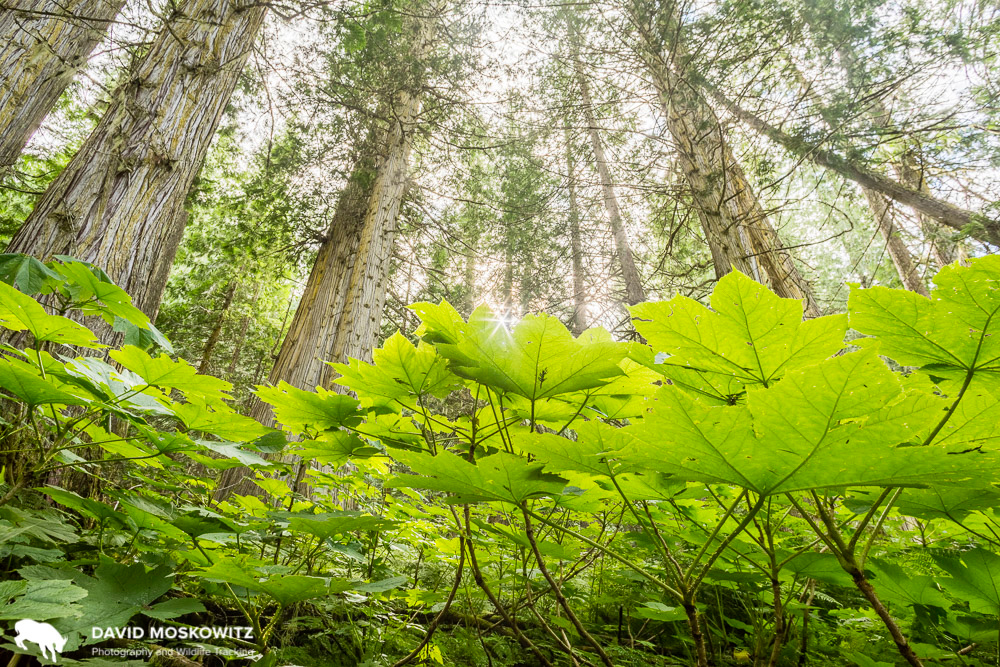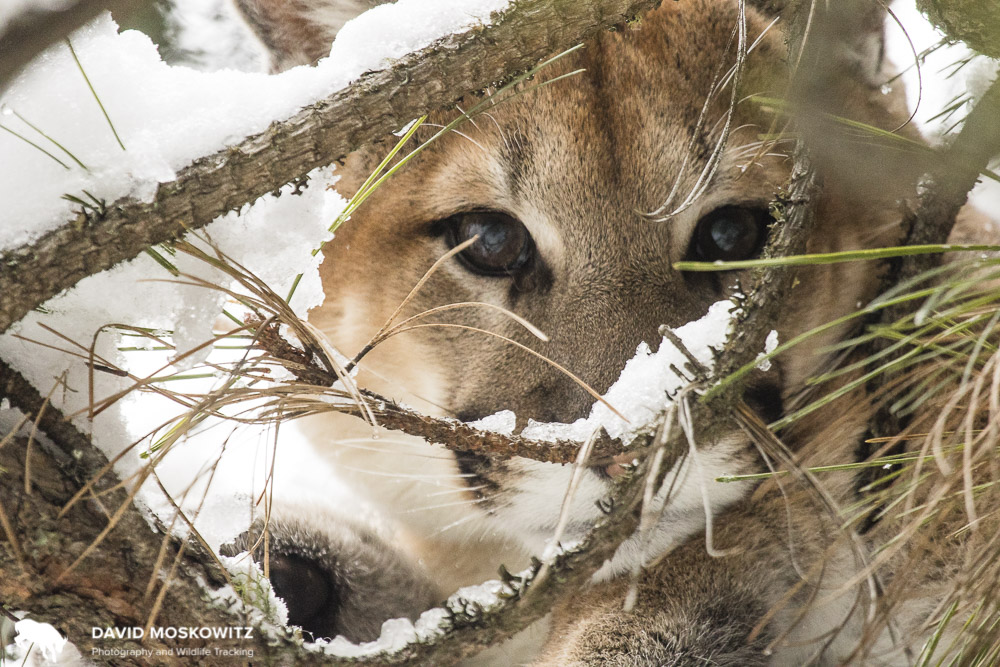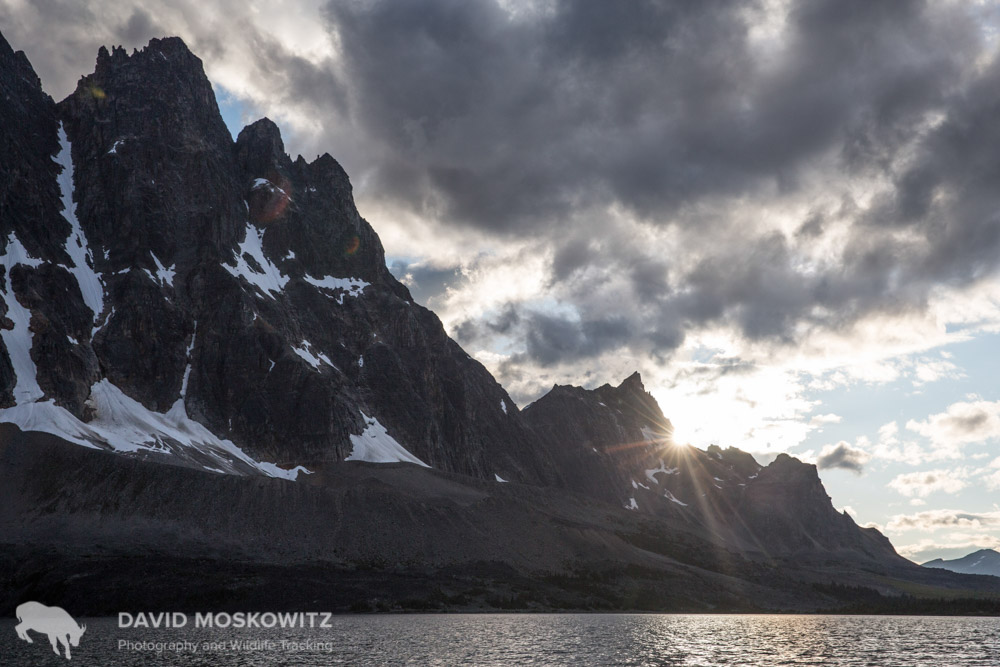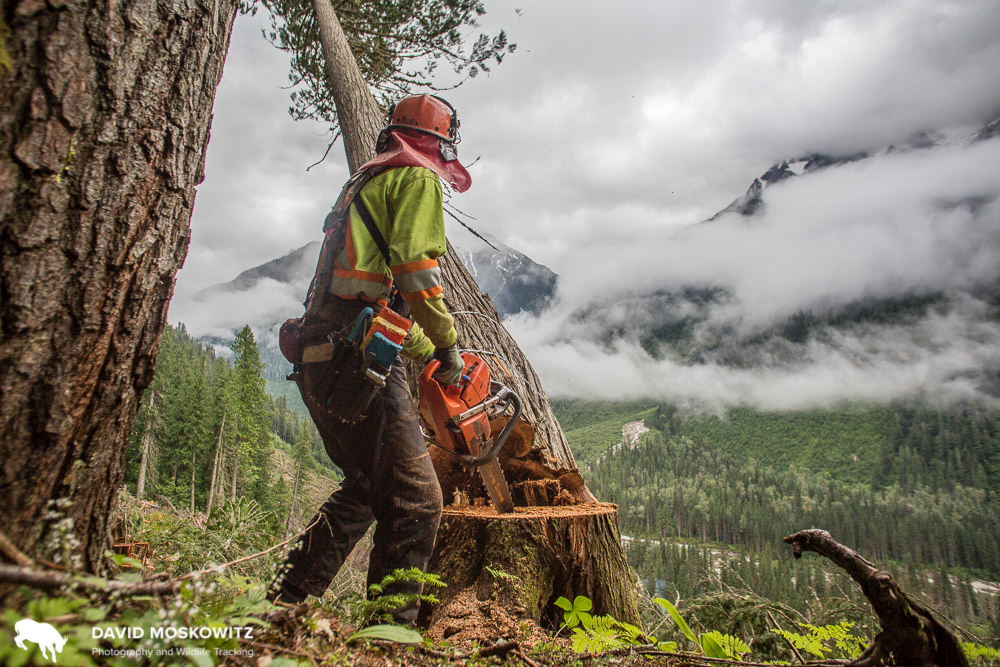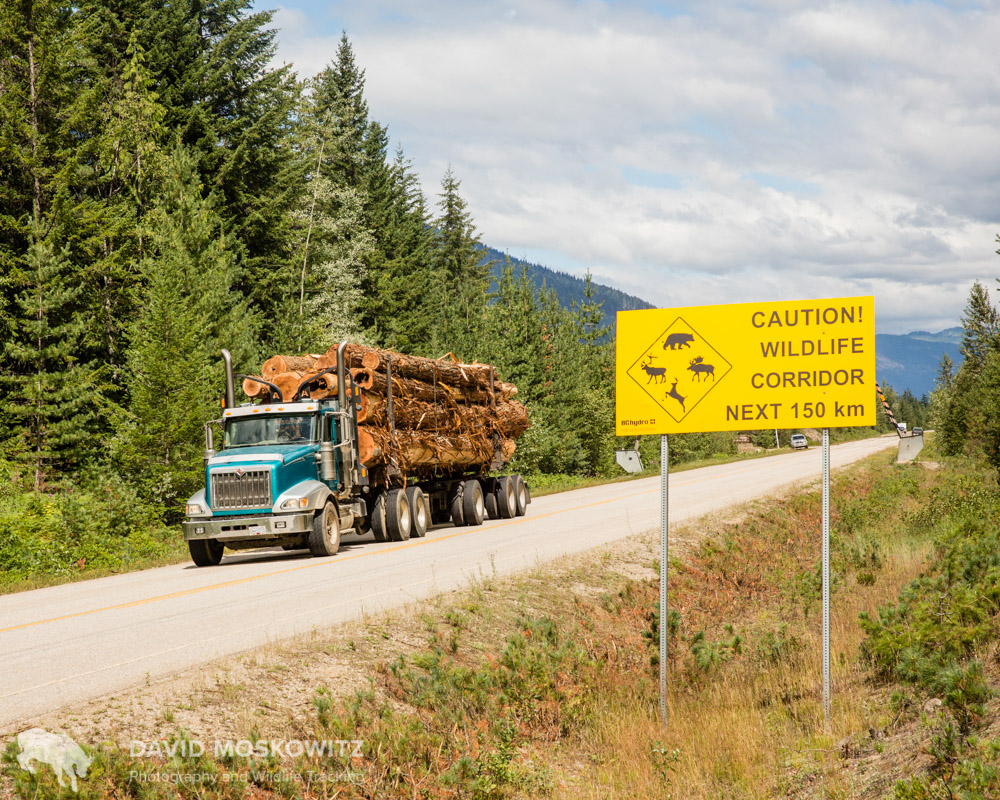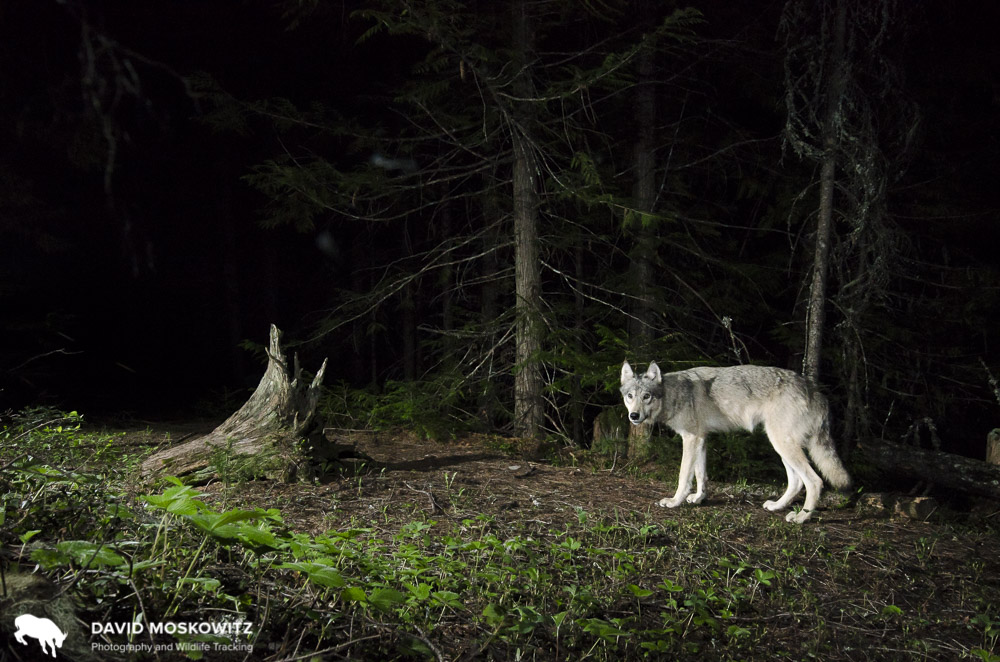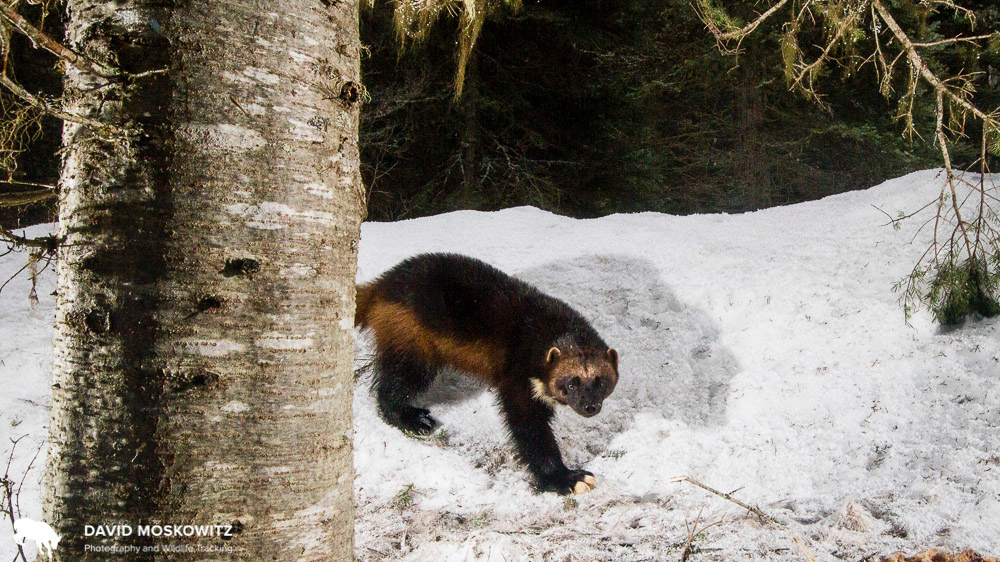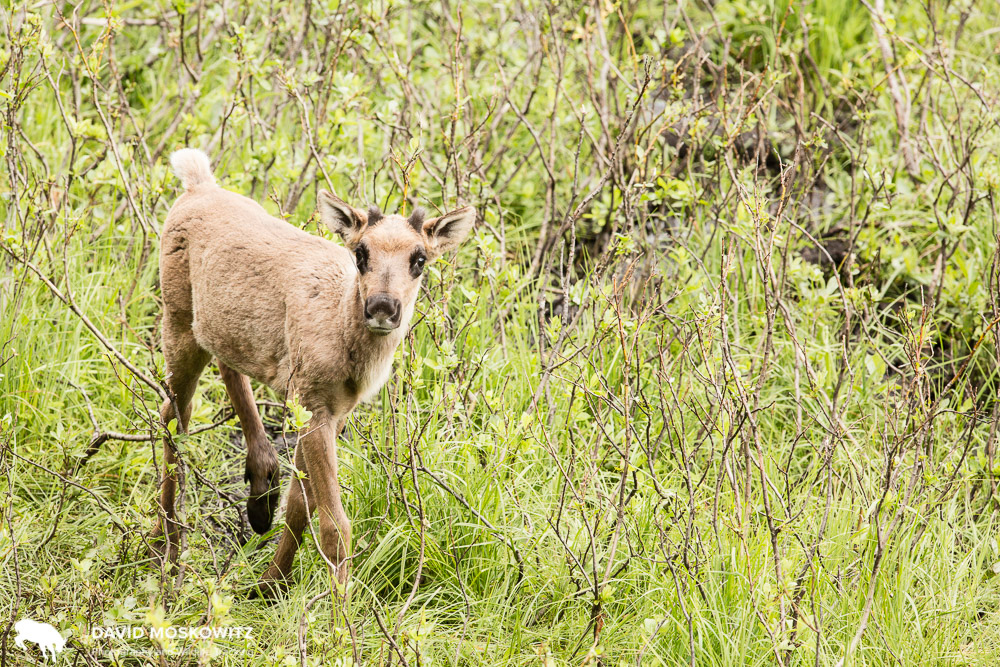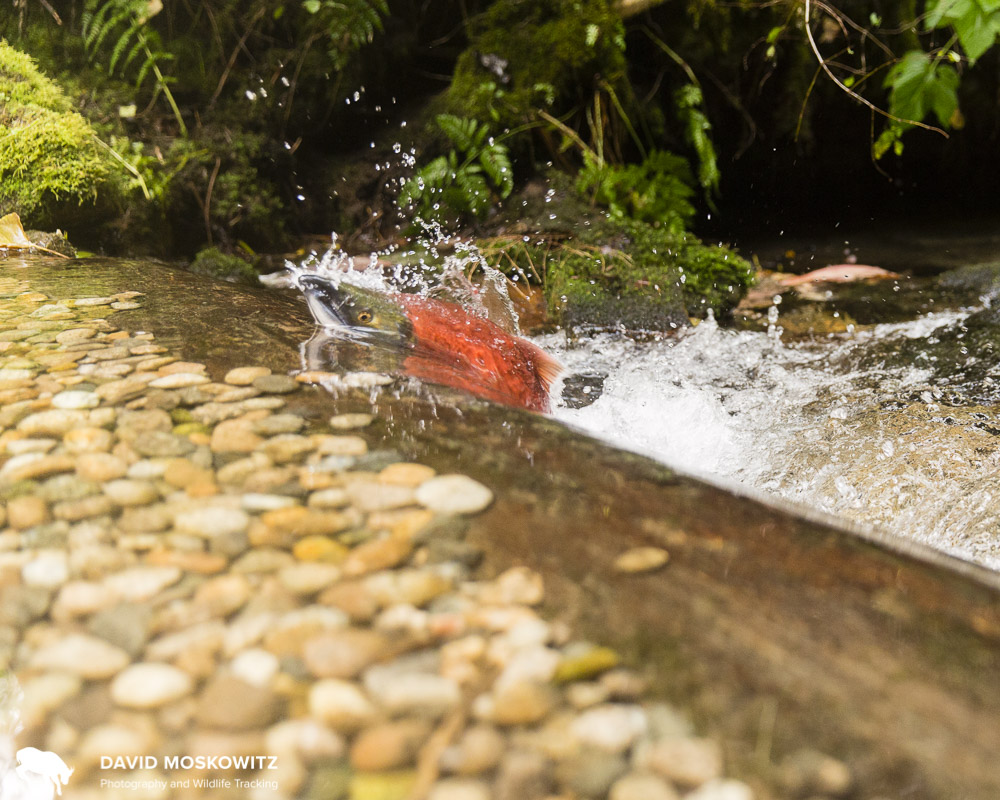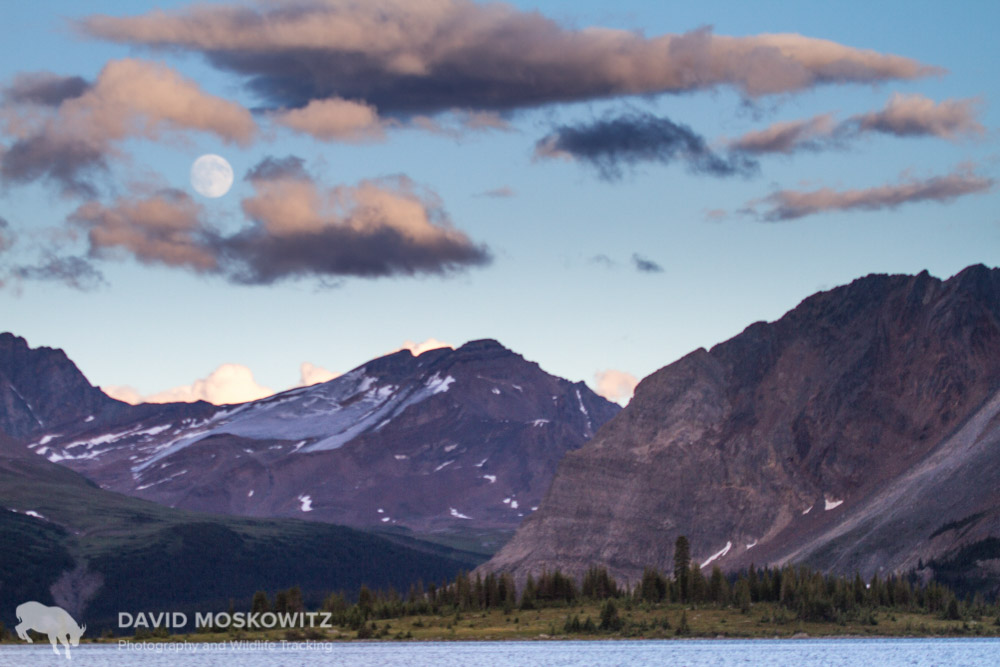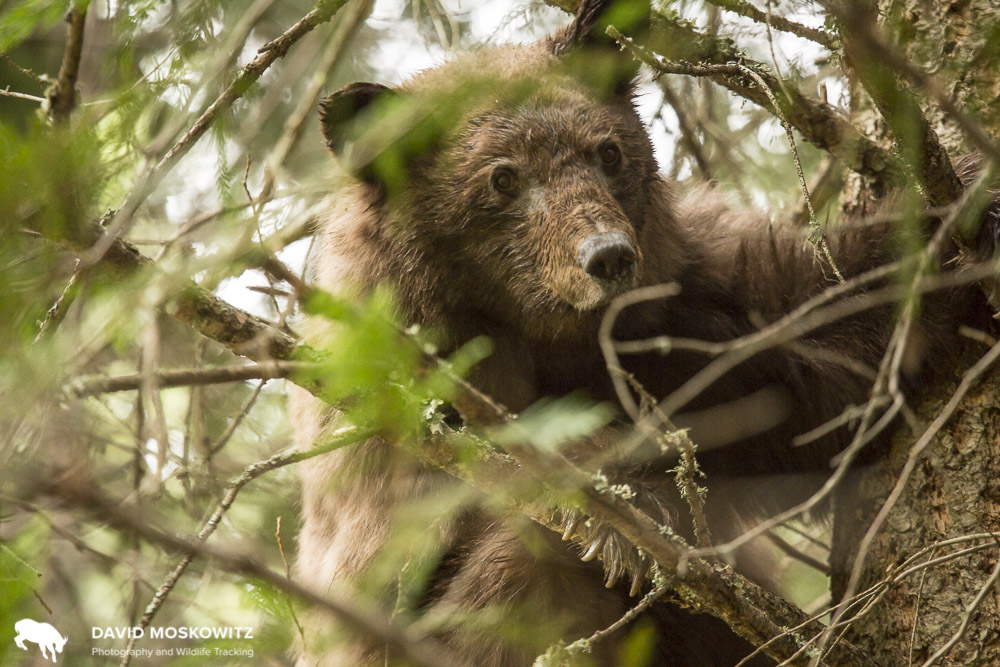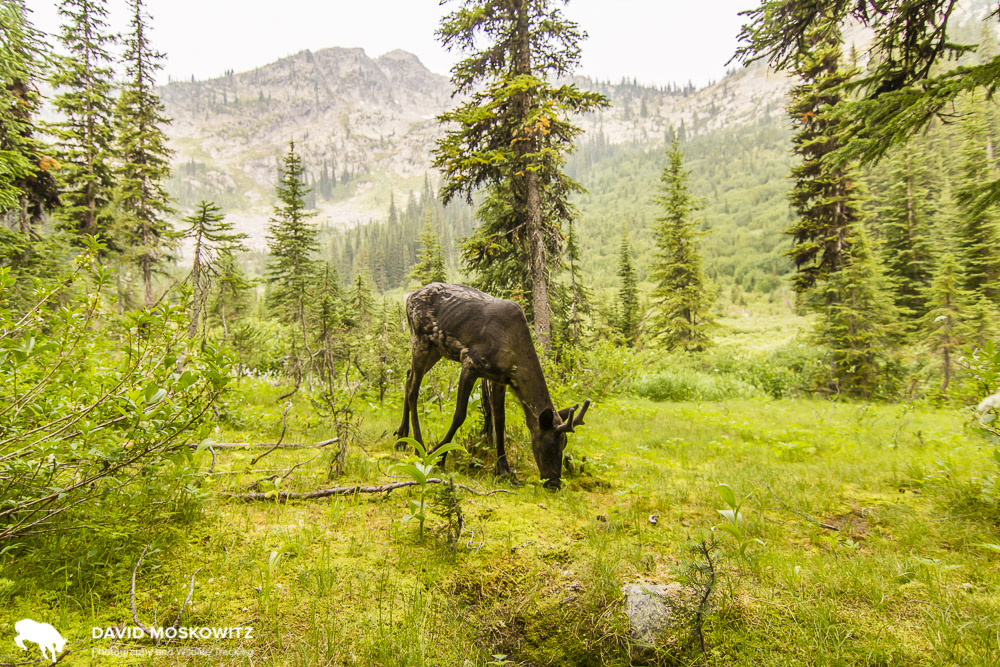Note: On October 25th I had the opportunity to participate in Ampersand Live: An Evening of Storytelling About People and Place, sponsored by Forterra, a land conservancy in western Washington. I had the honor to share the stage with a number of amazing Northwestern artists. With only five minutes to share stories and show images about the Caribou Rainforest, I thought about what I could share that would connect people with this place and the story of its inhabitants….these are my remarks from the evening.
As I was preparing this presentation, I starting out thinking I was going to tell you about a magical rainforest, and the ghost that inhabits it and protects it. It's a true story actually. The rainforest is just across the state and a little ways north from here. The ghost is a caribou.
But that's not the story I’m going to tell you tonight. You can read about it in this book, the Caribou Rainforest. I highly recommend it. Just about all the images I’m sharing tonight are from it.
Tonight I want share a story about grief and hope, and about loss and love…
I am a photographer so much of this story is written into the images here. Since this is a story that’s not mine alone to tell, I want to share some messages directly from the humans, wild creatures, forests, waters and mountains of this place.
The Caribou Rainforest is the last inland temperate rainforest on planet earth. It is still home to every species of plant and animal that lived there when Columbus landed 5 centuries ago. It is home to the most unique population of caribou anywhere in the world, animals that have adapted to survive off of lichens blown out of the tops of old growth trees.
For over 10,000 years it has been growing, since the retreat of the ice. The huge amount of biomass accumulated there has been pulling carbon out of the atmosphere since then. It is home now to plants, lichens and animals found nowhere else.
Today we are turning this forest into dimensional lumber, cedar siding, and toilet paper, and a graveyard for creatures that depend on this ecosystem.
It is home to dozens of First Nations and Tribes, some of whom have treaty rights with the USA and Canada to access their traditional resources on these lands. But much of the rainforest has actually never been ceded to the settler-colonial government of Canada and by international law, still belongs to the original peoples of this place in its entirety.
Here are some of their thoughts:
Gary Aitkin Jr., Chairman of the Kootenai tribe of Idaho: “This land here is very sacred; we were put here to take care of it. That’s what we were told by Creator, Huth-kana pica; that this land is here for you to use. As long as you take care of it, it will take care of you. And we do our best to try to keep our part of the covenant. It’s our covenant with the Creator.”
Chief Roland Wilson, West Moberly Dunne-za First Nations: “Our elders have told us: the caribou were there for us, and now we need to be there for the caribou…We're concerned about the caribou because that’s something that we live on, we sustain ourselves on that, and if that disappears, how much longer before we disappear?
They tried the assimilation; that didn’t work. Now, I think it’s cultural genocide. They’re forcing us off the land, they’re forcing the animals off the land so that there’s nothing here to be called Dunne-za anymore.
We’ve been here 10,000 years; we're not going anywhere. We're gonna be here long after the province is done raping and pillaging the resources out of this land, and we're the ones gonna be here cleaning up the mess that they've made.”
Bob Campbell, Sinixt Elder: (Note, he references here the assertion from Canada that his people abandoned their homeland north of the border as justification for declaring his people extinct)
“For us to leave of our own free will, happily? That’s bizarre. Cause did the stililchaleave happily? The caribou, thousands of them, did they leave, just leave? No, they were murdered, every one of them, and we were murdered. All them stililchagot wasted just the same as the buffalo. . . . Me and the [caribou], we share the same rape and destruction.
What’s the most important to you? My people or the caribou? Or do both of them go together? What happened to them happened to me.”
Harley Davis, former Chief, Saulteau First Nations. “I have to ensure that there are caribou here for my grandchildren to see, not just to read about in books. We have to ensure that the landscape's intact…
Without the animals and without the trees and the forest our culture could not survive….We need them as much as they need us to for protection…”
Since I set out to explore this place, my goal has been to bring the stories of the Caribou Rainforest back to my community, to you...most importantly, the stories of those whose voices are seldom heard in the halls of power and influence in our society, but whose voices should probably be at the center of our conversations, whether they speak in English, Txnaha, Sinixt, or in a language other than words….
None of us are so very different. We all want a safe place to live, the ability to feed ourselves and our family in a relevant cultural context. This is true whether we live for a thousand years rooted on once piece of ground, migrate up and down the mountainsides twice a year, or check our instagram account compulsively. And what drives all of us, at least in our best moments…I would argue it is love—Love of family and community.
Today, we in the dominant settler colonial culture of this continent are being challenged to expand our understanding of family and community to include more then just our own children, but the children of all of the members of this planet.
There is work to do. Let our love of life, of our relationships and our place, be our guide and inspiration.
If there is one final message that I bring back from this magical place, it is very clearly written in the tracks of the caribou and the seedlings of cedars, fir, and spruce. “Keep Going.”
Thank you
Learn more about the Caribou Rainforest, check out David’s new photography book, and the film he produced, and find out what you can do to take action to protect this amazing ecosystem.


